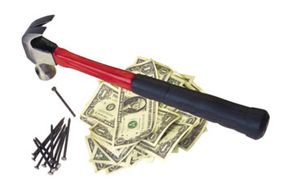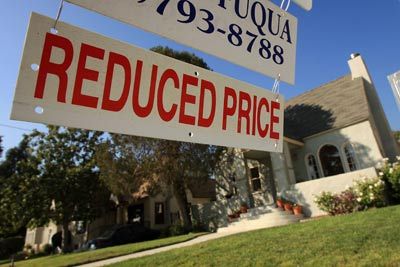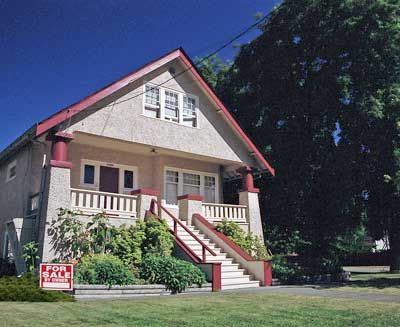If you're planning to sell your home, chances are you've already done the math and decided it's the right time. You may have even done enough research to sell your house confidently without an agent. Congratulations! But what's the next step?
While thinking in terms of the sale probably has you looking at your home in a new way, it can also magnify your perception of problems you've learned to deal with. You would think that major improvements, like new siding or a kitchen renovation, would help you boost your sale price. But the truth is, most major renovation projects don't make back their investments quickly, if at all: The cost nearly always outweighs the immediate benefit. It might be better to work with what you have.
Advertisement
Or, think of it this way: Part of the fun of acquiring a new home is changing it to suit your family's needs. Let the buyers shoulder these major renovation costs -- and create what they really want -- rather than you paying to remake something they might not like anyway.
If you've decided to sell, it's not your home anymore. It's a product, and that means selling it at its best while saving your money for the really exciting part: renovating your new home and making it the perfect location for the next chapter in your life.
There are plenty of low-cost options for transforming your home from a fixer-upper into a showstopper: not only alternatives to expensive renovations that will increase your home's value, but also hints and tricks the professionals use to help prospective buyers see the real comfort and joy in the house you're handing over to them.
Advertisement



